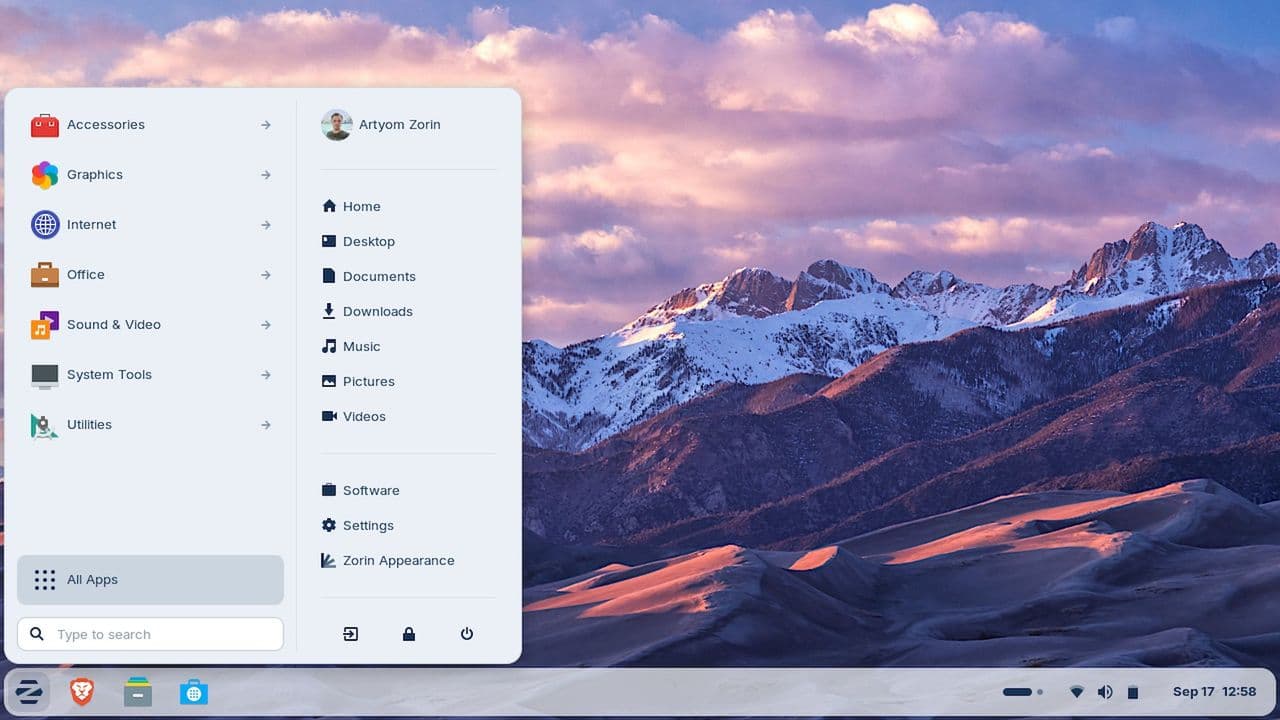Loading News Article...
We're loading the full news article for you. This includes the article content, images, author information, and related articles.
We're loading the full news article for you. This includes the article content, images, author information, and related articles.
With over 1 million downloads in five weeks, Zorin OS is becoming the primary lifeboat for Windows users left behind by Microsoft’s hardware requirements.

DUBLIN – A profound shift is underway in the global desktop computing landscape. With Microsoft preparing to end support for Windows 10 in October 2025, millions of PC users are confronting a difficult choice: upgrade to newer hardware capable of running Windows 11, or find an alternative operating system that preserves their existing machines.
One Linux distribution, in particular, has emerged as the unexpected winner of this upheaval. Zorin OS, an Irish-built operating system designed to feel instantly familiar to Windows and macOS users, has surpassed one million downloads in just five weeks—a record-breaking surge that signals a broader rethinking of what the next era of desktop computing should look like.
According to Zorin OS developers, more than 780,000 of those downloads came directly from Windows users—making this one of the largest single migration waves away from Microsoft’s ecosystem in Linux history.
For decades, Linux has been stereotyped as an operating system for developers and command-line power users. Zorin’s team set out to build the opposite: a system that feels instantly intuitive for anyone accustomed to Windows or macOS.
Their core design principles:
Zorin OS includes multiple customizable desktop layouts that can mimic:
Windows 7
Windows 11
macOS
ChromeOS-style UI (available through Zorin OS Pro)
This reduces the learning curve and removes the biggest psychological barrier preventing mainstream users from trying Linux.
A major driver of migration is the growing frustration with intrusive elements of modern Windows, including:
mandatory Microsoft account login
cloud-tethered settings
aggressive telemetry and behavioural data collection
advertisement placement inside the OS
A Zorin developer said the surge includes “a wave of users tired of data-harvesting pop-ups and forced cloud integration.”
Zorin’s model is different. The core version is free, while the Pro version ($48) adds:
premium desktop layouts
additional productivity software
enhanced creative and business apps
dedicated installation support
a design polish that rivals commercial operating systems
Instead of monetizing user data, Zorin monetizes craftsmanship.
Zorin OS is optimized for efficiency. Some editions (like Zorin OS Lite) are designed to run smoothly on systems over a decade old.
Reported benefits include:
faster boot times
noticeably lower memory usage
extended battery life on laptops
improved responsiveness compared to Windows 10 on aging CPUs
This efficiency is central to a rising global narrative: you shouldn’t need a new computer just to use new software.
The migration wave also exposes a major problem in the tech industry—one that Zorin is helping to solve.
Windows 11 requires:
TPM 2.0
Secure Boot
specific generations of Intel/AMD CPUs
Millions of perfectly functional computers—especially in Africa, Asia, Eastern Europe and community institutions worldwide—fail these requirements.
Without alternatives, they’d face:
forced obsolescence
expensive hardware replacements
disposal into already overwhelmed e-waste streams
Lightweight OS options like Zorin OS are slowing an e-waste crisis. Schools, NGOs, small businesses and families are reviving laptops that would otherwise be scrapped.
This software-first sustainability approach:
cuts global hardware demand
reduces landfill waste
extends the lifespan of electronic devices
lowers economic pressure on households and institutions
It demonstrates that innovation doesn’t always require faster chips—sometimes it requires smarter software.
Zorin’s explosive growth underscores several global shifts:
The backlash against mandatory cloud integrations shows a desire for local computing, not cloud-locked computing.
Linux on the desktop was long considered niche. But with distributions like Zorin OS offering mainstream polish, the competitive landscape is changing.
Zorin OS blurs the line between consumer-grade design and open-source transparency. It suggests the next generation of desktop OSes won’t be defined by megacorporations alone.
Regions where hardware turnover is expensive—and where digital inclusion matters most—stand to benefit enormously from software-oriented revitalization.
Consumers gain more freedom of choice and avoid unnecessary hardware costs.
Schools and public institutions can modernize fleets of outdated computers at minimal cost.
Developing countries can accelerate digital literacy without relying on expensive proprietary systems.
Governments may begin evaluating open-source OS options for long-term digital sovereignty.
Tech companies will face pressure to design more efficient software—or risk driving users to alternatives.
The “Great Desktop Migration” is more than a tech trend—it is a referendum on the future of personal computing.
Zorin OS’s surge reflects a simple truth:
People want powerful, beautiful, private and efficient computers—without being forced into new hardware or intrusive ecosystems.
As Windows 10 reaches the end of its life, millions are discovering that the next chapter of computing may not be dictated by mandatory upgrades, but by smarter choices.
Keep the conversation in one place—threads here stay linked to the story and in the forums.
Other hot threads
E-sports and Gaming Community in Kenya
Active 6 months ago
Popular Recreational Activities Across Counties
Active 6 months ago
Investing in Youth Sports Development Programs
Active 6 months ago
The Role of Technology in Modern Agriculture (AgriTech)
Active 6 months ago